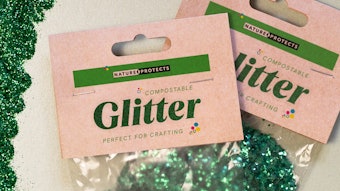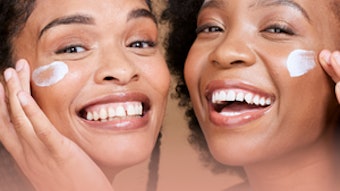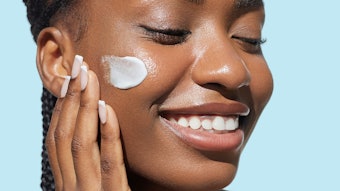
Responsible beauty has arrived. It's no longer a luxury, it's a requirement — and it appears in many forms, offering boundless opportunities for innovation.
Take biotech beauty, for example. Precision fermentation, cell-free synthesis and synbio can customize molecules and minimize resource consumption. Brands have also shifted from carbon-neutral to carbon-positive strategies, sequestering more carbon than they emit or even capturing carbon to produce ingredients.
From biodegradability, replacement of microplastics and circular design, to lifecycle analysis, reducing water content and third-party certifications, the industry is striving to find ways to manufacture products more sustainably and responsibly.
And consumers back these moves. Capital One Shopping Research reported this year that 80% of worldwide consumers would pay up to 5% more for eco-friendly products — adding that if the trend continues, 91% of U.S. consumers will shop eco-friendly in 2025.1
From the looks of Insight Ace Analytic estimates, this trend is certain to continue.2 The firm projects the global market for sustainable beauty and skin care will climb at an 8.6% CAGR (2025-2034) to reach $433.2 billion by 2034.
To reinforce the industry's forward momentum, this issue of C&T highlights ideas and innovations to support your responsible beauty product development.
Perdriel explores chemo- and bio-guidance paired with a natural deep eutectic technology to uncover lesser-known efficacies from Murraya koenigii extract; in this case, for skin elasticity benefits. Verzeaux, et al. describe exosomes as mediators of intercellular communication and present test models to elucidate their activities in vitro and ex vivo — ultimately to develop natural actives for hair and skin benefits.
De Mul reviews emerging bio-based ingredients that startups are in the process of scaling up. He describes their chemistries, limitations and applications, with a special focus on biosurfactants and bio-based emollients and oils. And Wojkowski and Fütterer examine the clinical efficacy of cationic emulsifier-based, quat-free solutions to provide lasting skin moisture.
Finally, rounding out the discussion, our Expert Opinions feature demonstrates how responsible beauty is not just a niche interest, but has gained mainstream momentum for current and future beauty innovation.
Dive into this issue, armed with the tools, inspiration and insights to overcome product development challenges and lead the push toward a more sustainable future.
References
- Capital One Shopping Research. (2025, Mar 1). Eco-conscious consumer statistics. Available at https://capitaloneshopping.com/research/eco-conscious-consumer-statistics
- Insight Ace Analytic. (2025, Apr 1). Sustainable beauty and skin care market, share and trends analysis report, by type (organic beauty products, natural skin care products, vegan beauty products, cruelty-free cosmetics, clean beauty products) by application: By distribution channel, by region and segment forecasts, 2025-2034. Available at https://www.insightaceanalytic.com/report/sustainable-beauty-and-skincare-market/2618










